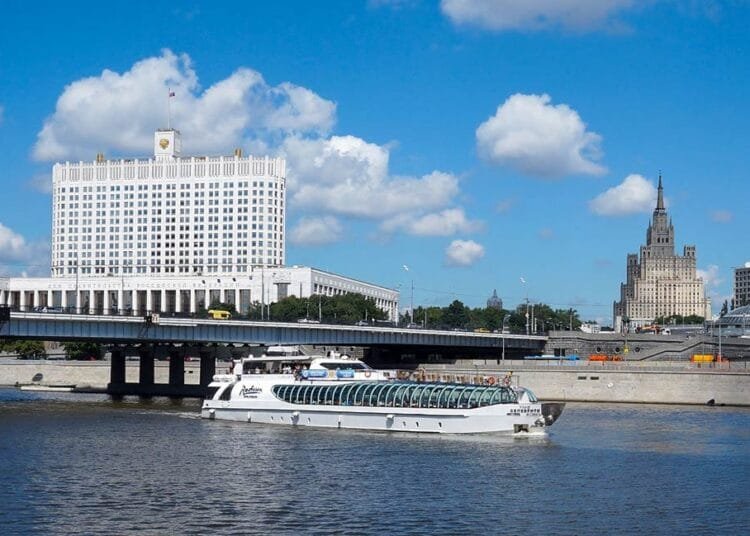Businesses told to be prepared for continuing stress in commodity prices
The global trade is passing through a difficult phase owing to rising inflation thereby reducing the purchasing power, as well as countries entering into recession and high volatility in currencies.
Highlighting this, FIEO President Dr A Sakthivel said, “In the given situation, we have to ensure that further increase in export credit rates should not blunt our competitive edge as we are losing out to our competitors in countries with reduced rates of interest and deep depreciation of their currencies.”
Noting the 50 basis points increase in Repo Rate on 30 Sept 2022, he requested Reserve Bank of India (RBI) to extend “Export Refinance Facility” to banks.
“Under such a mechanism, banks may be encouraged to provide export credit in Rupee to exporters and the same amount can be refinanced by the RBI at the Repo Rate.
“Such a mechanism will bring down the interest cost for export credit providing much needed competitiveness to our exports amidst headwinds in the global economy.”
Dr Sakthivel also requested the Government to increase interest subvention under the Interest Equalization Scheme from 3% and 2% respectively to 5% (to all MSME manufacturers) and 3% (to all other eligible categories) as interest rates have already crossed the pre-covid level when the Interest Equalization Scheme provided for 5% & 3% for subvention.
Dr A Sakthivel accepted the 50 basis point increase, saying that such an increase is on expected line to contain the rising inflation and the flight of capital, following the 75 basis points increase in the Fed rate in the US.
At the same time, FIEO has advised exporters to opt for foreign currency denominated credit which is availasble at LIBOR+150-200 basis points and provide a comfort, during the extreme volatility in dollar, without any hedging cost.
“Businesses will have to be prepared to tackle a continued stress in the commodity prices over the near to medium term,” added FICCI President Sanjiv Mehta.
“The 50-bps point hike in the repo rate by the Reserve Bank of India was widely anticipated. The Governor has delivered a balanced guidance based on the incoming data clearly indicating the downside risks and the possible upsides that remain on fore.
“Inflation of course will take some time to settle, and the indicative trajectory highlighted by the Central Bank sees inflation to be about 5% in Q1 of 2023-24.”
Moreover, the RBI Governor has correctly pointed out the synchronous tightening of monetary policy as the third shock to the global economy after COVID-19 and conflict in Europe.
“What we are witnessing is unprecedented level of hikes and speed of monetary tightening taking place globally – which is bound to have implications on growth,” said Mehta.
India’s GDP growth estimate for 2022-23 has been revised down to 7%.
“While the headwinds from the external sector continue unabated, we should be able to hold our ground given our comfortable position on forex and debt levels.
“Also, the beginning of the festive season in India will lend some impetus to demand but maintaining the momentum as we enter the next year could be a challenge and this factor will have to be built into the budget preparation exercise for next year,” said Mehta. fiinews.com











